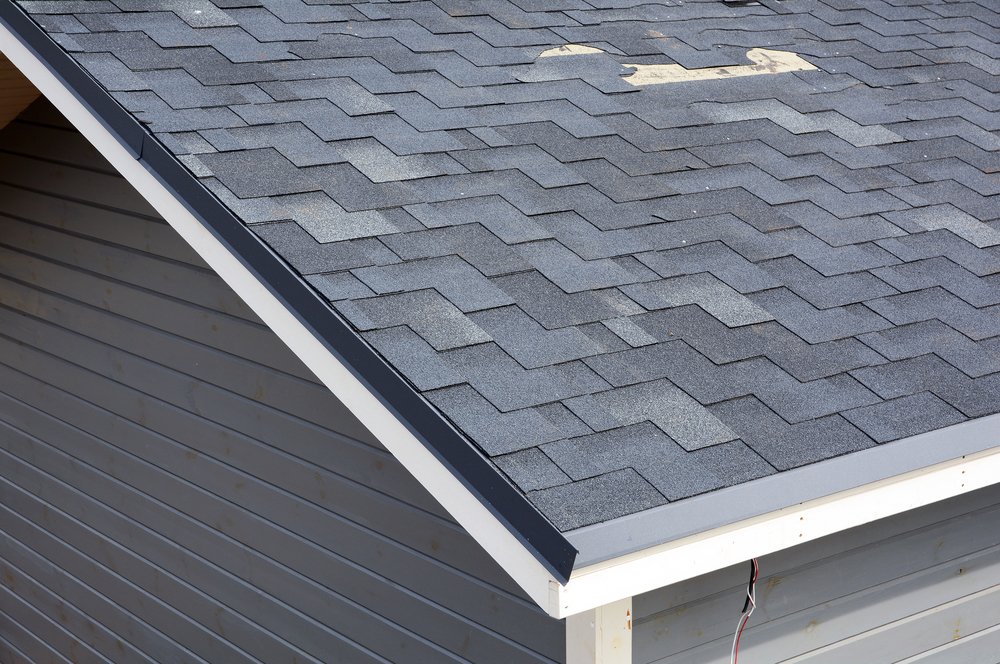When it snowed seven feet in New England in less than a week, 44 homes had roof collapses a few years ago. While roofs are engineered incredibly strong, the average low pitch in our region can make them susceptible to collapse if we take that type of beating. Your roof's age, slope, construction, shape, maintenance, and its exposure to the weather will have an impact. Homes before 1975, for example, weren't built to today's code standards and can actually be weaker.
Depending on how fresh, wet, or icy the snow is can make a huge difference. While the average roof can withstand 20 pounds per square foot, there's a huge range in the weight of snow:
- Fresh, light snow can weigh just 3 pounds per square foot... so your roof may be able to hold over 6 feet of it.
- Wet, heavy snow can weigh 21 pounds per square foot... so a foot of it could risk collapse.
- Ice weighs 57 pounds per square foot, so a few inches of it could be dangerous.
Removing Snow is More Dangerous than the Snow
More people get hurt trying to remove snow than are actually hurt in roof collapses. We recommend that you get a professional to remove the snow unless you can easily reach up and use a long pole or rake to pull the top layers of the snow down. Climbing up on your roof with snow and ice is not a good idea! And, if you don't just remove the top layers of snow and leave a couple inches, you can damage your shingles.Please don't take any chances.
Get an Inspection Immediately if You Have Ice Dams
If your gutters are full and draining water can't escape, you may start to accumulate ice at the bottom of your roof. This is known as an ice dam and it can cause a ton of damage, including broken shingles, gutter damage, roof leaks, structural damage, wet insulation, and mold. To prevent ice dams, have us come out for a free inspection. We'll ensure that your attic is properly ventilated, that your gutters are clear, and that you have the proper amount of insulation. Attic ventilation is critical, as it allows heat to escape so that you don't have a ton of drainage - even when it's warm during the day and cold at night.
Tags
Subscribe to Amos Exteriors's Blog






Comments